9. Sex and Fury (1973)
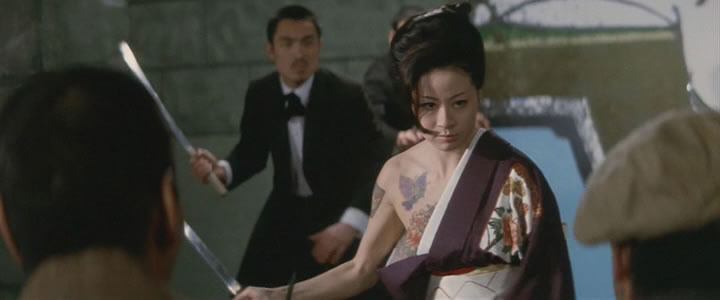
A female yakuza film containing cult film fan favorite actresses Reiko Ike and Christina Lindberg, this film is a subgenre within subgenre within subgenre. The story follows Ocho, a gambling pickpocket swordswoman, who witnesses her father’s murder when she is a child. Twenty years later she is wandering around Japan searching for the three that are responsible. The only clues that she has are three Hanafuda playing cards that her father grabbed before he died.
Like many Japanese Yakuza or Samurai films, Ocho gets involved with some other people along the way. This includes an anarchist and a white female spy. It’s a vengeance movie and there are swords, so what you can expect from this film is some violent displays of action with a fairly large amount of nudity.
This can be considered so many different subgenres of film. It could be sexploitation, samurai, yakuza, female yakuza, but it is commonly referred to as pinky violence. This was a series of Japanese films roughly from 1970 through 1974 that had a combination of “action, sex, violence and crime, and was dominated by ruthless and deadly delinquent females” [15].
This new subgenre had mostly been dominated by Toei studios, which by the mid-1960’s had begun to see an increase in the level of sleaze, “nudity, softcore sex and violent bloodshed” it was displaying in the films as a way to please an audience that was turning more to television [14].
Despite this being an exploitation flic, it is a beautifully shot with strong vivid colors and beautiful scenery. These were not amateur filmmakers throwing together some crap that has some tits in it; these were very talented artists with years of experience who simply were told they had to make a different type of film. There are many memorable scenes that will shock you, and then there are others that will please you from a cinematic end.
Some scenes that are visually pleasing are the opening scene, where the father and daughter are walking on a road among a long row of orange and black bamboo stalks. Then there is the opening title sequence, which has Ocho displaying sword technique while in front of a large wall of Hanafuda cards. And one other scene involves a rape in a room that has a beautifully multicolored floor and the camera pans up and spins around; the colors are a great juxtaposition from the evilness of the rape.
If you like samurai, spraying blood, yakuza, or sexploitation films then you have to give this one a chance. And if you do like it, there are a large amount of other pinky violence films as well as straight period yakuza and samurai films worth checking out.
10. Coffy (1973)
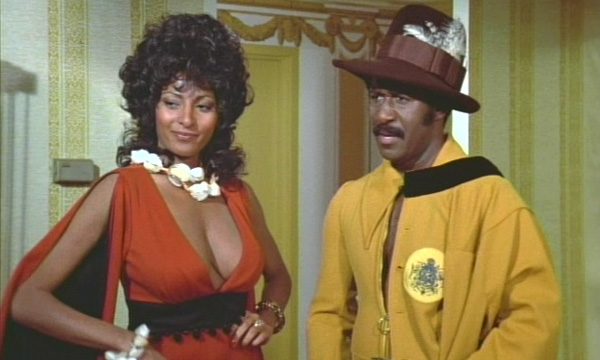
“Coffy’ll cream ya!” [16]. Pam Grier plays Coffy, a nurse by day and vigilante by night. She wants to take revenge on the drug lords and the dealers for what they did to her younger sister, who got hooked on drugs and is now in a juvenile rehabilitation home.
This was the movie that made Pam Grier a star, as she “went from being an office receptionist to becoming the queen of blaxploitation film” [17]. A year before Death Wish were to come out, this strong black woman was doling out her own brand of vigilante justice. These blaxploitation heroines basically “redefined the ways…women…were represented in film, by portraying a new character that could hold her own among men and women equally” [18].
Yeah there still is a significant amount of nudity, but it’s not that much different than many other movies. Pam Grier really stands out and delivers a great performance in this film.
11. Thriller: A Cruel Picture AKA They Call Her One Eye (1973)
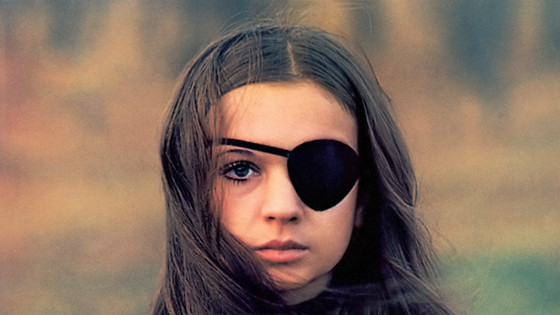
“First they took her speech…then her sight…When they were finished she used what was left of her for her own frightening kind of REVENGE!” [19]. A mute girl named Frigga (Christina Lindberg) is kidnapped, hooked onto heroin, and forced into prostitution. She has her eye gouged out when she won’t have sex with a client. Secretly she starts training in martial arts and the use if weapons, in order to seek revenge.
A Swedish film that was initially banned in its own country, it is considered part of the subgenre of a rape and revenge film [20]. It is also sexploitative because of the large amount of nudity that is involved. The main reason that it was banned was because of the intense eye-gouging scene, with a rumor that a real human eye had been used [20].
There is also a considerable amount of hardcore sex scenes that are included “that far transcends the violent nastiness of the original versions of I Spit on Your grave or The Last House on the Left by making it impossible to deny the directorial intent of making rape sexually titillating” [20].
There are really so many reasons why this is a cult film. It was banned and people want to see it. It also appeals to various subgenre fans; exploitation, sexploitation, rape and revenge, gore, and the Christina Lindberg fan group. Yes, she is very popular.
12. Theatre of Blood (1973)
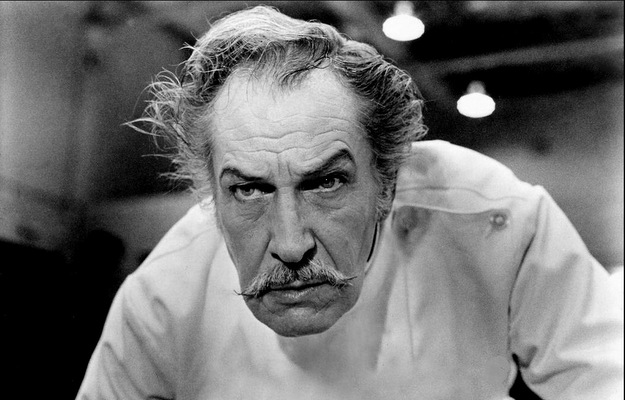
“It’s curtains for his critics!” [21]. Shakespearian actor Edward Lionheart (Vincent Price) takes revenge on all of the critics who gave him bad reviews. After he kills each critic, he recites lines from Shakespeare plays.
Unlike the other movies on this list, this is just dark campy fun. Vincent Price is hilarious in what he had “often cited …as one of his favorite films” [22]. Because of such a great script, the producers were also able to get “some of the best actors in England for supporting roles” [22]. There is blood and gore in this, including a memorable scene involving a critic having to eat his pet poodles. If you like Vincent Price or black comedies than this is essential viewing.
13. Blacker Than the Night AKA Más negro que la noche? (1975)
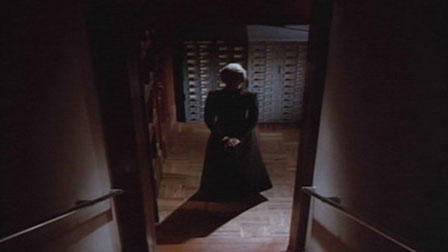
This is a Mexican film about four women that move into a house left to one of them by an old aunt, with the condition that the maid and cat stay in the house. The pet is eventually found dead, which begins a series of bizarre murders. It ends up being a ghost story of revenge.
It has a cult following partly because it is hard to find, but for some it is an enjoyable flic. It is somewhat of a Mexican Giallo film.
14. Oily Maniac (1976)
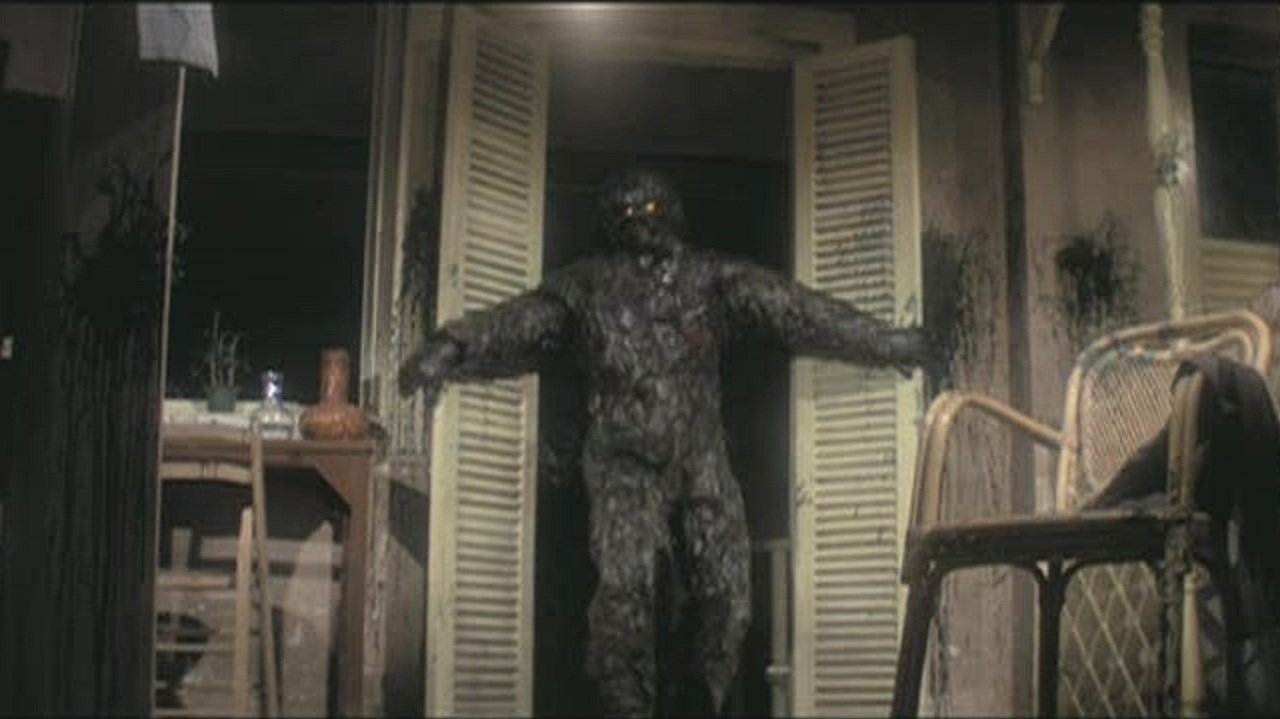
One of the weirder Shaw Brothers Hong Kong take on horror, monsters and magic. A cripple uses magic to turn himself into an oily monster to take on criminals. According to the DVD, this film is “based on a true story” and stars Danny Lee who would go on to star in John Woo’s The Killer [23].
It plays out similar to the story of a superhero that changes his identity from the weakling to the superhero, except in this one he’s an oily maniac. They play the story serious but the special effects make it seem more like drive-in campiness.
15. Rolling Thunder (1977)
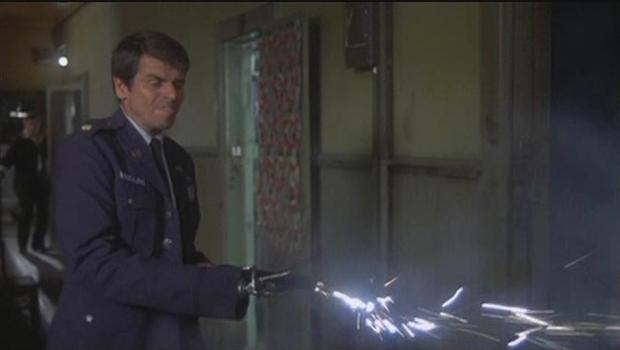
“Major Charles Rane Is Coming Home To War!” [24]. William Devane play Rane, a former P.O.W who is just returning home after seven year in an internment camp with fellow officer Johhny Volden (Tommy Lee Jones). They part ways and Rane returns to his home town.
There he is welcomed and given a new car and $2,555 silver dollars, symbolizing the amount of days he was captured. Rane is attacked in his home by four thugs trying to steal the money and goes into a PTSD flashback, unable to tell them where it is. They torture him, put his hand down the garbage disposal, and shoot him and his family. He survives and seeks out revenge on the men with the help of a sawed off shotgun, his sharpened hook hand, and his friend Volden.
The film didn’t do very well because of the dark and violent nature of the film, but it got some positive reviews and became a cult favorite. The performances from Devane and Jones are top notch. Jones was able to show a subtlety of the pain of separating from Devane when they finally arrived to the states. You can tell that Jones had the makings of being a star.
The scene where Devane is tortured by the thugs with flashbacks into black and white scenes of P.O.W. torture is powerful and disturbing. There is a theme of brotherhood and loyalty that runs throughout the film. The final battle is intense and one to remember, very much like a western shoot out.
16. I Spit on Your Grave AKA Day of the Woman (1978)
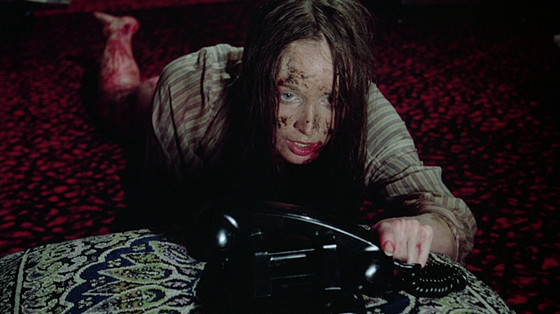
This has been one of the top banned movies in multiple countries and is very controversial, being hated by some and loved by others. Jennifer (Camille Keaton) is a New York City writer who goes to an upstate cabin to work on a novel. There she runs into four men, who rape her and destroy her novel. Over the next few days she recovers and takes vengeance upon her attackers.
That basic synopsis doesn’t make the film sound like it should be one of the most hated films in cinematic history. The issue is the rape scene or scenes, which last somewhere around thirty minutes of the film. For some it may be extremely difficult to watch and for some they may actually get off on the scenes, which is part of the reason exploitation cinema existed in the first place. Roger Ebert’s review of the film found there to be “disturbing moral implications as the audience…seems to approve [of] the most horrific violence being visited on a woman’s body” [5].
The film is often viewed as being misogynistic. The rape scenes are very intense; if you can get through that portion of the film then you may actually find this to be a feminist film.
The director wanted to make a “a film that was responding to his own personal outrage of the violence he encountered first-hand against women, and so he decided to make a film graphically portraying the horrors of such—with an ending that was feminist wish-fulfillment based on his own experience, as the heroine gets revenge on her attackers and makes them pay for their crimes. Viewed in this context, its prolonged scenes of rape and assault are not depraved or ashamed, they are deliberately painful and horrifying to watch, as they should be” [25].
17. Ms. 45 AKA Angel of Vengeance (1981)
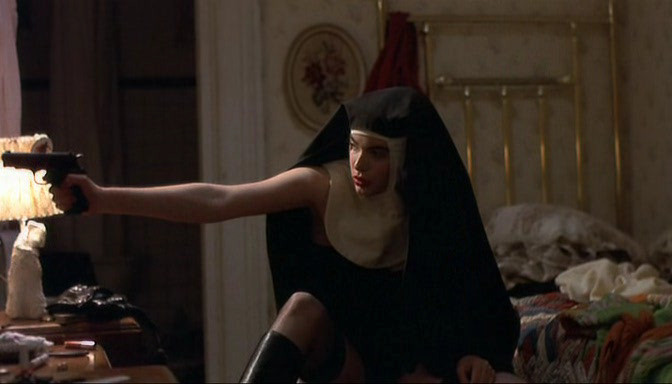
“It will never happen again!” [26]. Inspired by prior rape and revenge stories, a mute seamstress named Thana (Zoe Lund) is raped twice in one night. First she is robbed and raped in an alley, then she returns back to her apartment and is raped again by a thief. She is able to kill him with her iron and ends up using his .45 caliber gun to become a vigilante, going on a Death Wish style vengeance spree on the streets of New York.
Even though this falls into in the rape and revenge subgenre, it is very different from the ones that had been made in the previous years. This film is less about exploitation or shocking the audience, than it is about telling a story about what happens to a person after they have been violated.
The director Abel Ferrara “was clearly influenced by Roman Polanski’s Repulsion (1965), in which the young Catherine Deneuve, who barely speaks, suffers from a pathological fear of rape, and mentally deteriorates in a house” [27]. While Thana changes after being raped, into more of a seductress in order to lure the evil of the city to her. Very much like a spider uses its web. Not once during the whole movie is there any nudity. The most that you see of Thana after being raped is part of her bra, from the buttons being ripped off.
Part of the reason that this movie was not well received like its counterpart Death Wish, is because it’s a female doling out the justice and not the male. It isn’t the exploitativeness of it. The filmmaking is well done and there are some memorable scenes that will forever etch into your minds. Two in particular are a nighttime central park encounter with thugs, and when Thana dons a nun outfit.